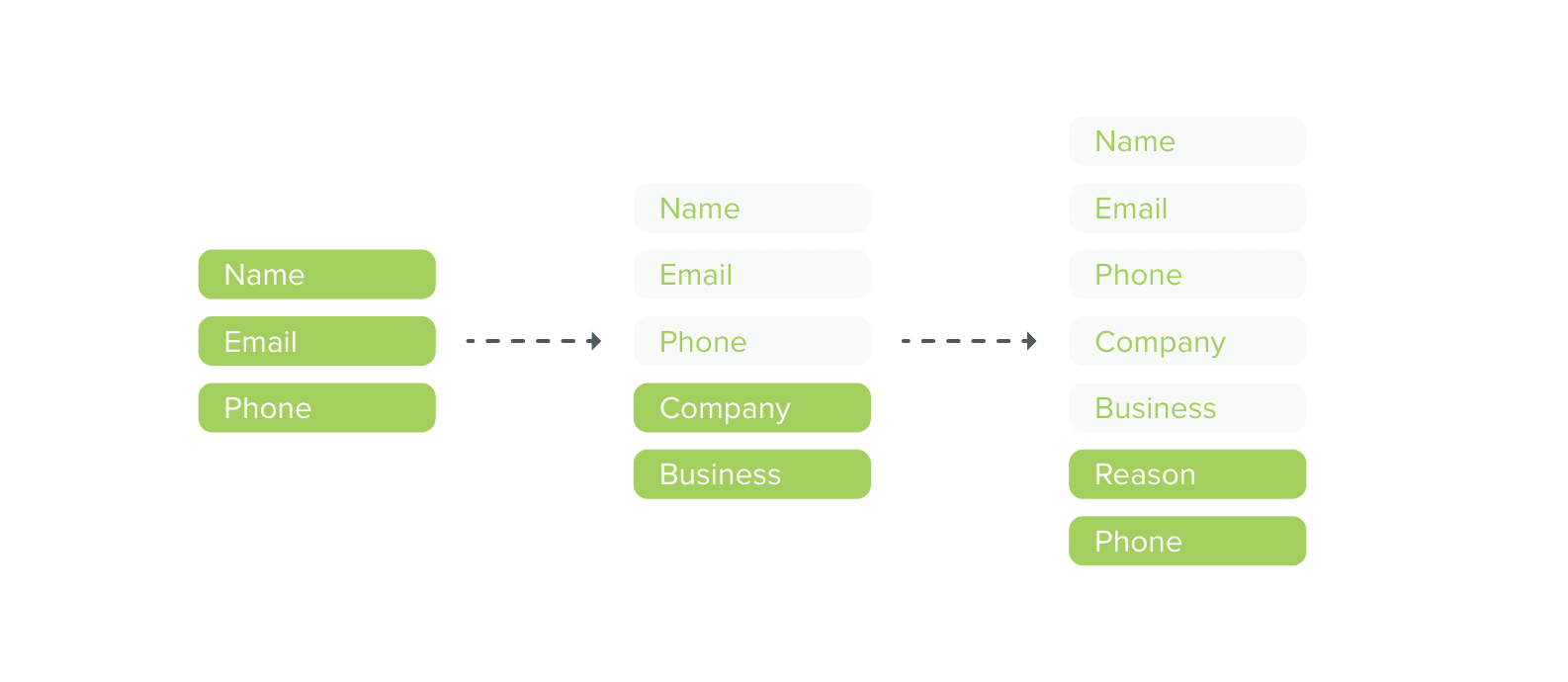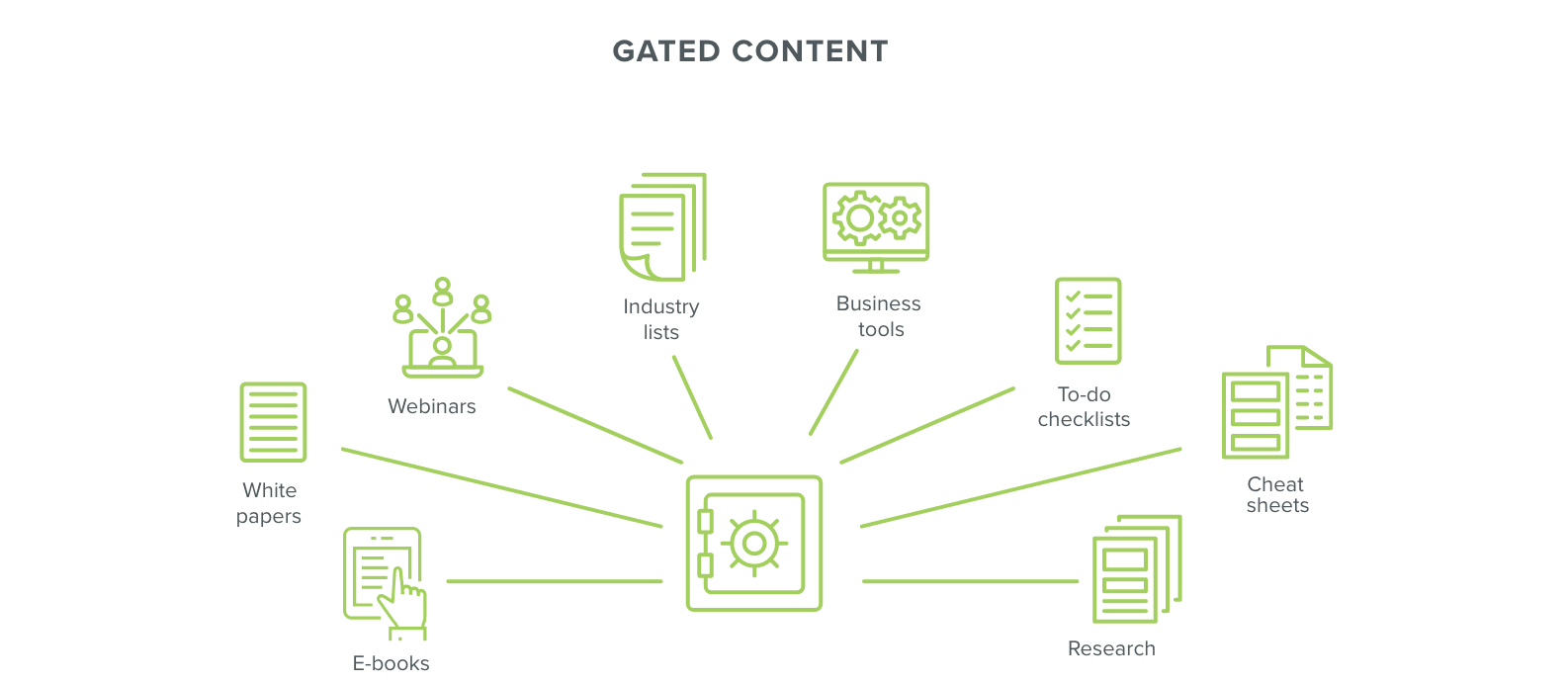Given the pace of the B2B tech industry, your firm’s website must function at a high level at all times. Your competitors are crowding the marketplace, and prospects have little time to dedicate to finding the solutions they need. If your site can’t deliver the information they need—and fast—then they’ll quickly go somewhere else to find it.
With such a narrow window to make an impression, you need to ensure each component of your site is optimized to serve your prospects from every angle. Basic design elements like intuitive navigation and a clear user interface are on every firm’s priority list, along with a website that performs well on any device.
But from our perspective, these are the 5 top features of a B2B website that will effectively satisfy your prospects’ needs.
1. A Strong Internal Site Search Connects Prospects With Their Interests Faster
Your B2B firm’s website is designed to deliver a seamless journey from whatever entry point users access to the solutions they need. But if a user knows what they’re looking for and needs to find it fast, your site search should provide an effective shortcut.
A well-configured site search satisfies a vital subset of users, but internal search results pages are often overlooked as a useful component of website redesigns. Plus, you can analyze your search data in Google Analytics, which provides insights into the areas of your business that are attracting user interest. Your most frequently searched terms also indicate areas that your website design may need to better highlight.

You could install a script to create a search engine for your website, but multiple third-party services are closing the gap in delivering a flexible, customizable experience. At Clear Digital, we’re experienced working with Algolia, Elasticsearch, and Swiftype to create internal searches for clients.
Swiftype provides a more out-of-the-box experience, while Algolia and Elasticsearch generate the best results when configured by a developer. Both also allow users to search multiple sites while incorporating a level of personalization within results.
Through third-party modifications, Algolia and Elasticsearch will tailor search results to reflect a user’s browsing habits. For example, if a user has conducted a search after reviewing site pages related to cloud storage, the search engine can then surface areas of your site related to that topic along with results.
2. Resource Centers Bring Your Vital Content to the Surface
A resource center provides another way for your website to serve its customers better. Organizing your firm’s content into a single page that’s easy to navigate, resource centers deliver a clear path for users to find information.
Through taxonomy and tagging, you can allow users to filter your B2B firm’s content by type, category, and product. When you work with the right web design partner, you can ensure especially valuable articles or videos remain close to the surface. Or, your resources center can reflect user interests by prioritizing the most viewed or newest content.
For our client 247.ai, their resource center highlights all their content types along the left-hand navigation, including solution briefs, infographics, and white papers. In the center of the page, users can scroll through various content types. After viewing the most recent content, users can click to load more features, which reduces the page’s load time.
With a mix of gated and non-gated assets, a resource center can provide a fast-loading, centralized hub of your firm’s content. A resource center provides another easy path for your prospects to learn more about your firm while encouraging more browsing of similar content.
3. Product Demos Offer B2B Firms More Tools to Close the Sale
For firms in the B2B technology industry, product demos mark a crucial point in your sales funnel. You’ve made contact with a qualified sales lead, and now you need to demonstrate the value of your firm’s solution.
Prior to the pandemic, most B2B firms were reliant on scheduling in-person meetings with prospects or delivering demos at tradeshows. Even as remote work is less of a norm, video demos have become increasingly vital.
Scheduling real-time demos over online meeting tools like Zoom or Google Hangouts are viable options that eliminate your firm’s location from consideration by your prospects.
In addition, pre-recorded videos can also be a useful sales tool. Once you identify a script, structure, and length, you can explore multiple options for video demos. By offering videos ranging from 2, 5, and 30 minutes, you can allow your prospects the opportunity to experience your product at a high level or with more granular detail
4. Optimized Contact Forms Facilitate Lead Generation
As your prospects enter the late stages of your buying cycle, you need to ensure the experience is as easy as possible. By incorporating insights from the right web design firm, you can streamline your forms and increase click-through rates (CTRs).
Modern marketing tools like Marketo and HubSpot allow for progressive profiling, which reduces the length of your forms. By retaining information your site has gathered in previous form completions, each subsequent form replaces those fields to ask and capture more details about a prospect.
For example, when your prospect first completes a contact form, they enter their name and email address. The next time they visit, your site recognizes the data it’s already gathered and asks for different information, such as job title or location.

Personalization tools also allow you to create shorter forms that are more inviting to the user. In our work with the customer data platform provider Leadspace, we used their technology to validate their contact forms in real-time. The resulting contact form is short, simple, and gathers all the information the firm needs.
5. Gated Content Demonstrates Expertise While Gathering Customer Details
From highlighting your B2B firm’s capabilities to improving SEO, content marketing plays a crucial role in finding customers. But asking website users to input their information to access your firm’s strongest content helps build your database of leads.
Much of your site, such as landing pages, blog posts, and product pages should always remain open to build awareness of your brand. However, as your prospects continue along your marketing funnel, they should share their information to access the areas of your site most specific to their needs and how you can help.

White papers, webinars, and ROI calculators are among the prime candidates for gated content because they offer deeper insights into your firm’s services. Plus, by asking for details from users before they access these features, your customer understands their inherent value as well.
At Clear Digital, we understand the importance of these features for your firm’s website because we’ve teamed with companies across the B2B technology industry to create them. If it sounds like these elements of your site could use further refinement, we should get started now.






